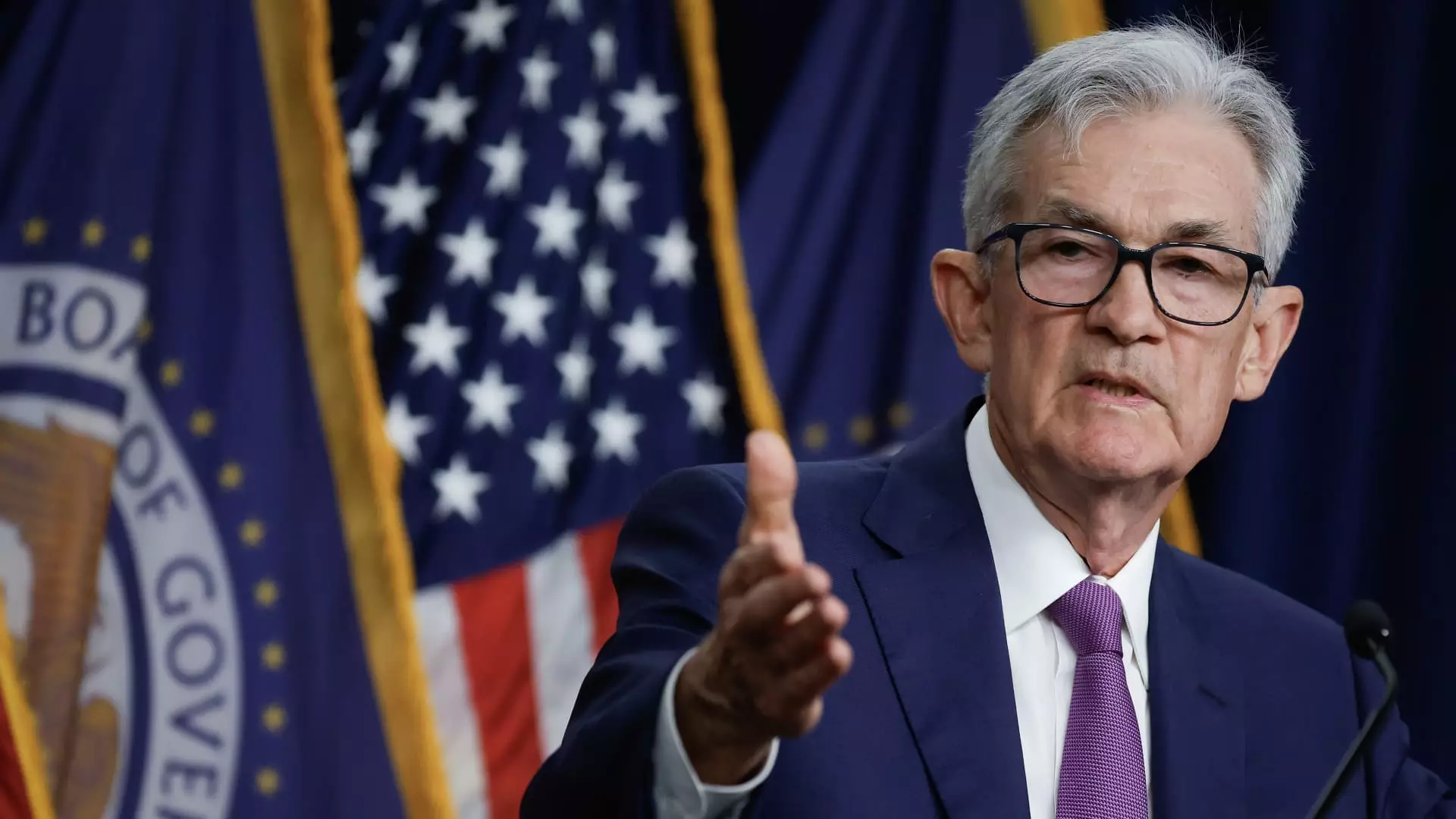As anticipation for signals around rate cuts intensifies, the debate around how the Federal Reserve communicates with the public has also intensified. Economists remain divided on how many rate cuts to expect from the Fed in 2024, despite what Wall Street saw as dovish signals from Fed Chair Jerome Powell in his latest press conference and the Federal Open Market Committee’s most recent statement. Markets typically respond to Fed comments with price swings in either direction, and recent research shows that they are particularly reactive to Powell.
A study from the Center for Economic Policy Research found that market volatility during central bank chief’s press conferences was three times greater than during those of his predecessors. This indicates a need for the Fed to communicate more clearly and transparently with the public. Andrew Levin, a professor of economics at Dartmouth College, emphasized the urgency for the Fed to start talking in terms of scenarios, risks, and contingency plans, especially in a world that is very uncertain. Levin pointed out that a series of U-turns in Fed policies over the years can undermine public confidence and create confusion.
Levin, who was a special communications and monetary policy adviser to former Fed Chair Ben Bernanke, highlighted that dissenting views among policymakers are increasingly rare. Instead of presenting a variety of outcomes and risks, the Fed tends to emphasize baseline cases. The Fed’s “data-dependent” approach means that the baseline can change rapidly as new economic reports are released. However, the lack of diversity in opinions and the pressure to conform to a single viewpoint within the Fed can hinder a comprehensive understanding of the risks and uncertainties in the economy.
Levin expressed concerns about the lack of dissenting views in the policy statement, even when there are more spirited debates revealed later in FOMC minutes. He argued that it is essential for the Fed to incorporate diverse perspectives and present a range of potential outcomes to the public. By moving away from a singular baseline outlook and embracing a more nuanced and transparent communication strategy, the Fed can better inform the public and market participants about the factors influencing its decisions. In an environment of increasing economic uncertainty, clear and inclusive communication from the Federal Reserve is crucial for maintaining public trust and confidence.


Leave a Reply